Alright – so today we’ve got the honor of introducing you to Brian Mullins. We think you’ll enjoy our conversation, we’ve shared it below.
Brian, looking forward to hearing all of your stories today. Before we get into specifics, let’s talk about success more generally. What do you think it takes to be successful?
My idea of what I think it takes to be “successful” hasn’t really changed over the years surprisingly. When I first started as a photographer, I felt that learning as much as you can from as many people as you can and pushing your own artistic boundaries was the key to having a successful business. 17 years later, I still feel exactly the same way with one addition: not giving in to fear.
When COVID-19 shut down every part of my business, like most other people, I was worried about money. Simply, there was very little work to be had. I had no ideas on how to move forward except getting back to the core strategy of my success: learning and pushing my own boundaries. So, I started shooting for myself again. I got involved in local causes, took a long hard look at my own business shortcomings and successes, learned new techniques and thought about what wasn’t working (without having the pressure to fix it while I was busy). Doing so allowed some major changes that, now being on the other side of COVID, has enabled the business to be stronger than ever, especially on the commercial photography side.
I have grown the commercial side of my company over 200% since the lockdowns were lifted primarily in product & marketing photography (both single still images and 360 product captures) and architectural. I get to travel for my job (which is one of my favorite things to do) and learned to never say no to an opportunity (even though I may say no to the final job). So, through it all, I think being successful comes from keeping your passion for the work and never saying “that’s good enough”.

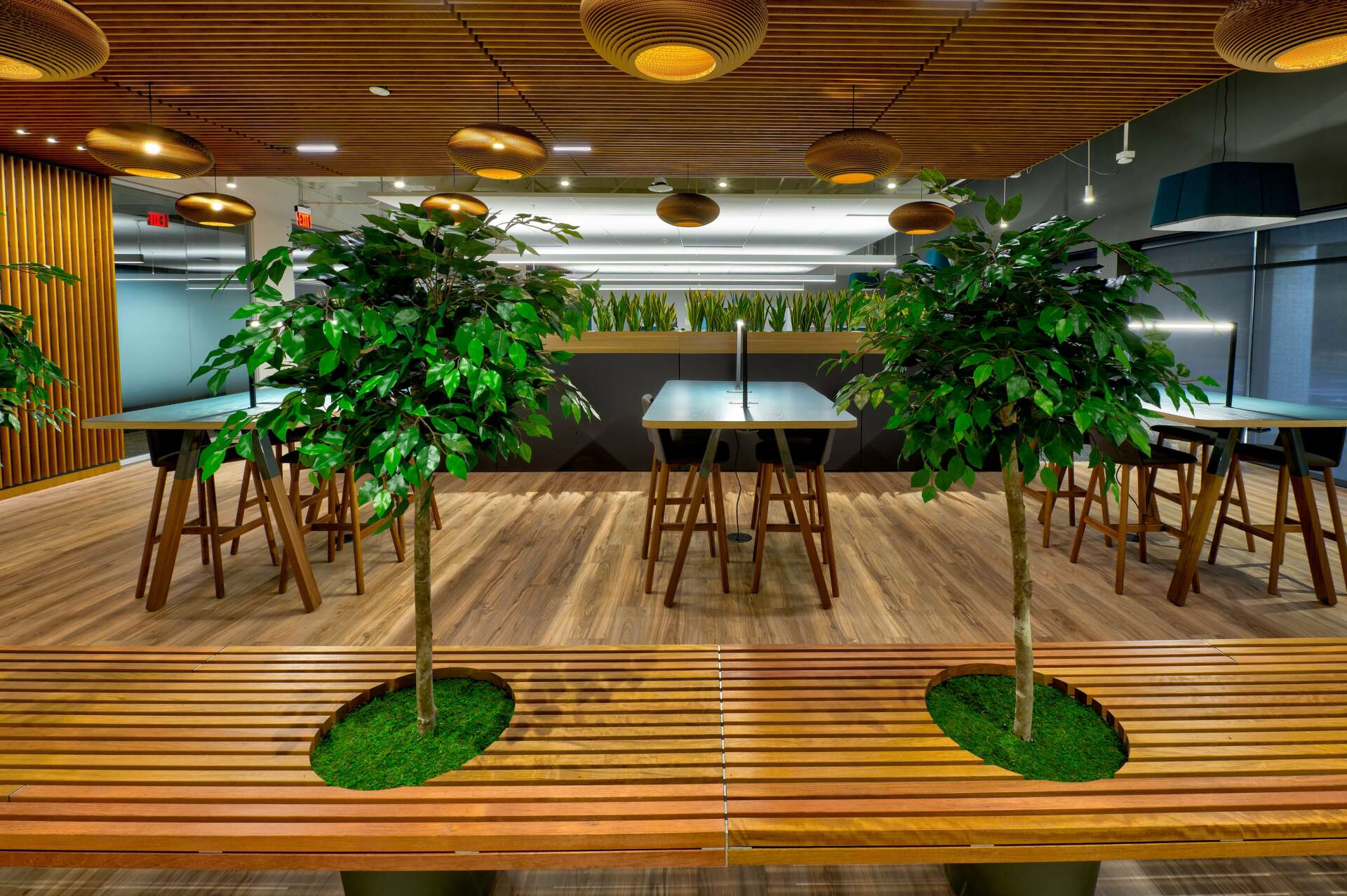

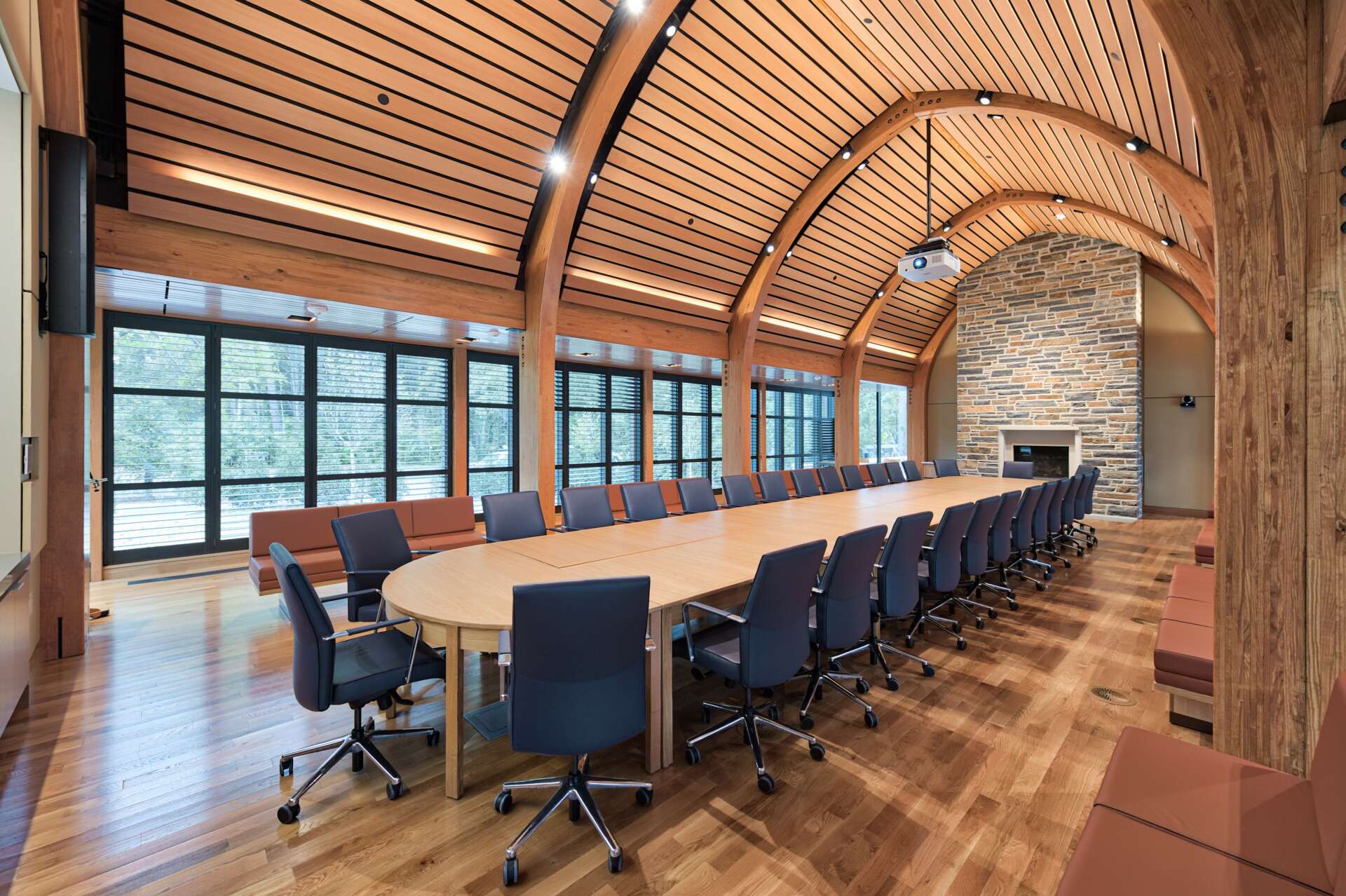
Brian, love having you share your insights with us. Before we ask you more questions, maybe you can take a moment to introduce yourself to our readers who might have missed our earlier conversations?
My story is not unique. I loved photography and I was looking for a creative outlet from my IT job, so I picked up a used dSLR camera and started playing around. A quick side note – I had 4 years of video production background, 1 semester of “photography” (taught by a wood shop teacher,) and a good “technical” background, so while cameras are not foreign to me, I had a steep learning curve in digital photography. After I got a (decent) camera, I reached out to the one person I knew who was a photographer. As luck would have it, he was willing to help me with getting better if I helped him photographing for a local magazine. After a couple of years, he wanted to step back and recommend me for the job of their Chief of Photography position – to which I was offered, and I accepted.
After a couple of years of shooting nothing but magazine work, I officially opened Brian Mullins Photography LLC. The first 10 years I focused primarily on the magazine work and weddings but in more recent years have been focusing more of my time in commercial & marketing work.
Since 2012, I have operated a full-time brick & mortar studio in Apex, NC. We specialize in weddings & commercial work, and my job allows me to travel to amazing places in and out of the country. I am proud of all of the work we create but especially happy with the 360-product photography line of business as it requires some serious outside-the-box thinking to make it work.
Through it all, the one aspect I love is constantly challenging myself to think outside the norms of photography. To me this is a core competency of the company and what allows us to continue growing while maintaining a very high standard of work.
How about pivoting – can you share the story of a time you’ve had to pivot?
Like most companies, the shutdowns from COVID caused a major pivot to happen. The majority of my business was wedding/portrait related. The lockdown caused 100% cancellations for 9 months and then business only start to trickle back in – not at a rate which was sustainable. Like most companies, I had to ask myself what we can do that would not violate the lockdown.
After some thought (and a client email asking if I would go into a building for photography if it was empty,) architectural work was a perfect way to work during the pandemic. So, I started pushing the architectural side of the business harder – even emailing previous clients letting them know I was working. From there, I got back into magazine photography as many businesses were looking to promote what they do. Finally, pushing the product photography side of the company was the final, logical decision. While being locked down was tough, these three focuses kept the company afloat (along with a repayable loan) and allowed me to aggressively expand how I marketed my company.
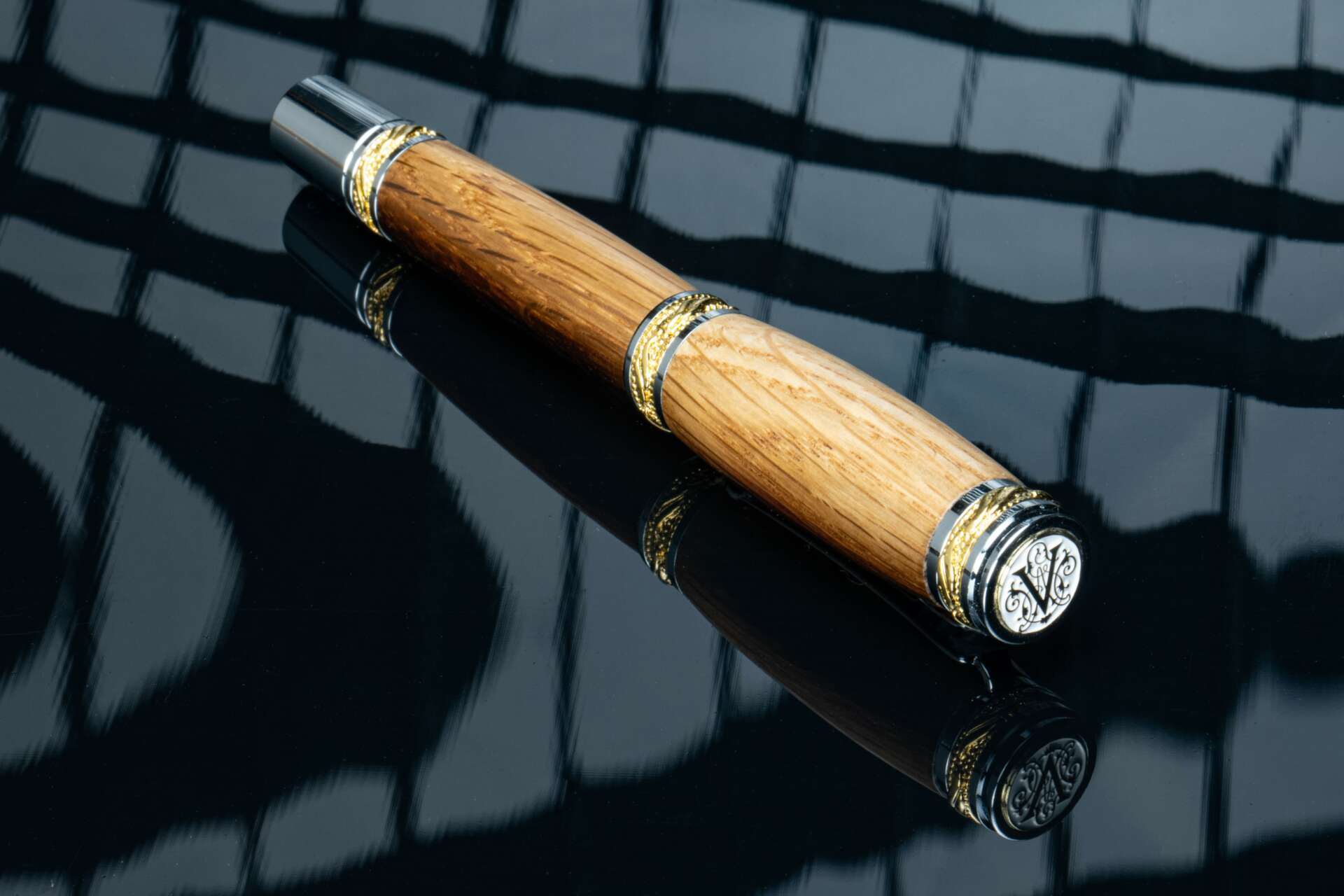
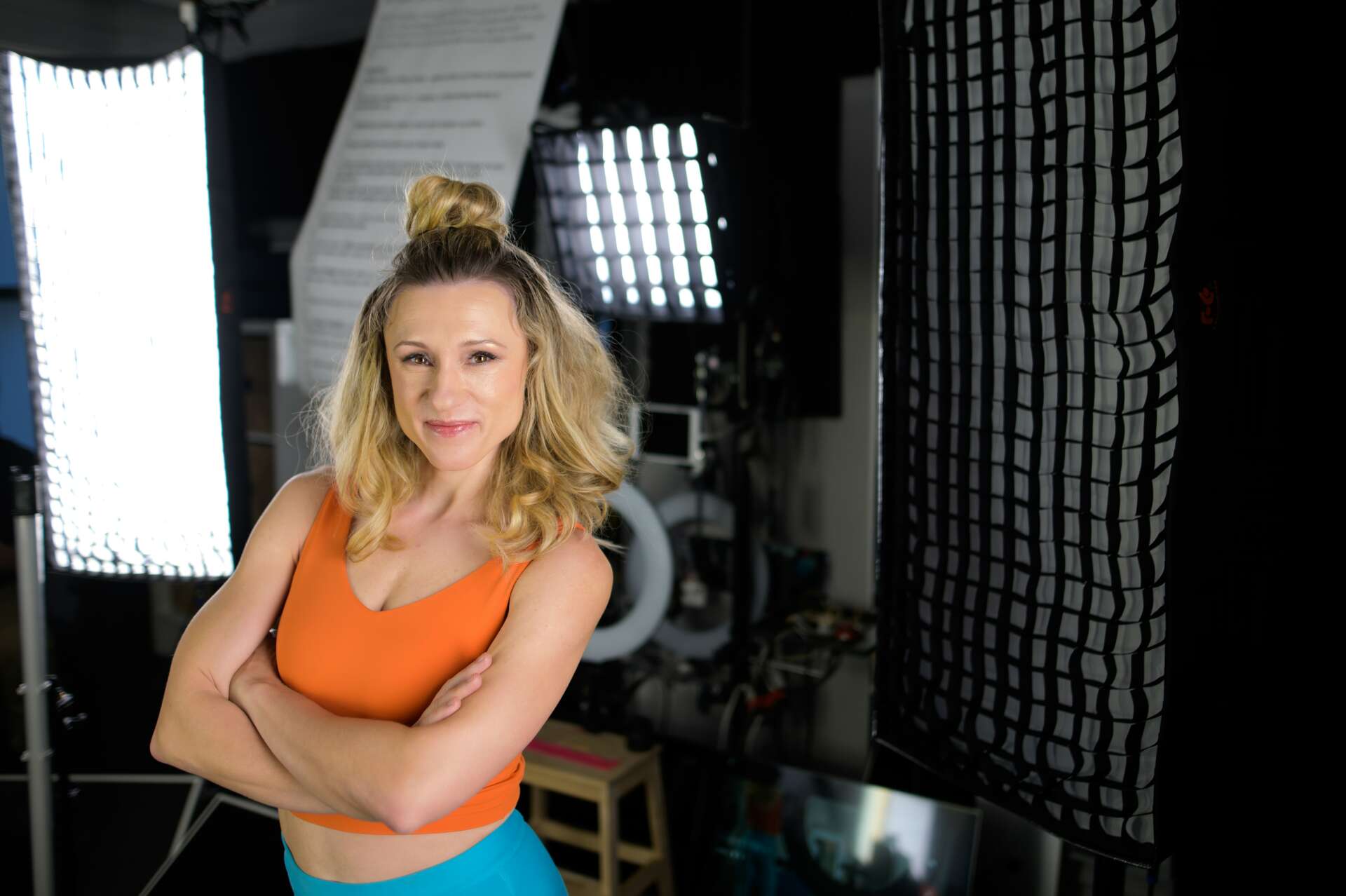
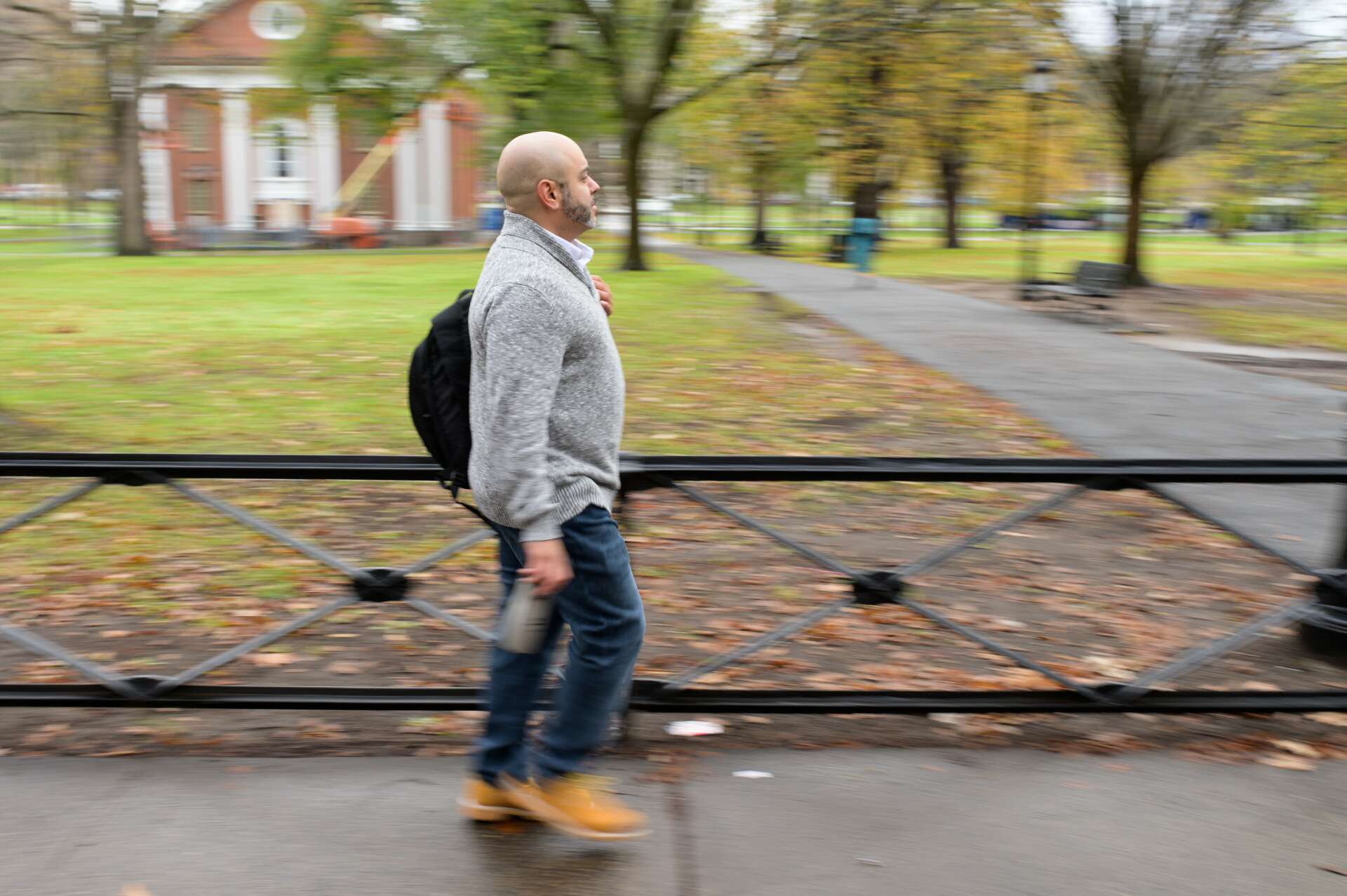

Can you open up about how you funded your business?
I don’t have a business degree, so the founding of my business was, honestly, a very scary black hole of knowledge for me. At the base level, I knew if I did not spend more than I took in, I would be ok. It is impossible to do that as a photographer because of the initial outlay of capital for the gear. So, I made sure to keep a very tight leash on those expenses, especially in the first 2 years. I budgeted $2000 to buy used gear with the knowledge I could sell it for about $1200 a year from then and could stomach that loss if needed. I think this is an often-overlooked principle for photographers. Minimize your loss exposure and only buy when you have a need, not a want.
Gear Acquisition Syndrome (GAS) is a real thing for photographers. The marketing from equipment manufacturers is prolific, especially when you are a new photographer. Advertisements saying all you need to be a better photographer is to buy “this”. While there definitely are a lot of great products out there, as a new photographer the most important part is understanding what you can do with what you have.
Once I got past the first 2 years, I looked at my expenses and started budgeting for capital expenses. Turns out, that is what most businesses do, but I just used common sense to help beat back the constant desire for new gear.
Contact Info:
- Website: www.raleighcommercialphotos.com
- Instagram: https://www.instagram.com/raleigh_commercial_photos/
Image Credits
©Brian Mullins Photography LLC


